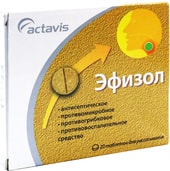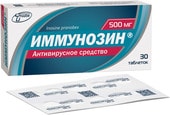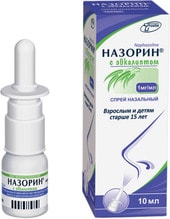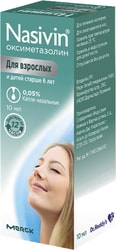
The Ottobock Malleo TriStep 50S8N is a unique, modular ankle orthosis designed for three-stage rehabilitation following ankle injuries and surgeries. Its ingenious combination of removable modules allows for precise adjustment of support and immobilization throughout the recovery process.
Pain relief, reduction of swelling (following the PRICE protocol: Protection, Rest, Ice, Compression, Elevation).
The Malleo TriStep is used with all modules: the plastic sole plate is attached to the base bandage. The sole plate, with an additional pronation strap, immobilizes the foot in a neutral position with slight pronation. This provides essential ankle stabilization, accelerates the resolution of inflammation, and stimulates initial repair processes. Weight-bearing is permitted only in the absence of significant pain; crutches should be used otherwise. The sole plate is worn continuously, day and night, and the orthosis cannot be used with shoes. Patient can perform pain-free movements of the foot and toes.
Gradual increase in range of motion with controlled loading, stimulation of the musculature for active joint stabilization, continued reduction of swelling, and repair of damaged tissues.
During the day, the orthosis is used without the sole plate. Initially, the base bandage is used with red, strengthening lateral inserts and an additional semi-elastic strap applied crisscross over the bandage. These inserts protect the ligaments from supination stress. As mobility increases, the red inserts can be replaced with more flexible gray inserts. At night, to prevent re-injury, the base bandage is used with the sole plate, as the foot typically rests in supination. Rehabilitation includes therapeutic exercises under professional supervision to restore muscle strength and endurance while wearing the orthosis. Activities like walking, swimming, and cycling may be introduced towards the end of Stage 2, but only after consulting a physician.
Dynamic ankle stabilization through muscle activation, restoration of range of motion and proprioception, improved coordination and balance.
Only the soft base bandage is used without additional strengthening elements. This helps restore proprioception and provides light support. The semi-elastic strap and/or lateral inserts can be added if needed (e.g., during physical therapy). The orthosis with the sole plate is recommended at night, as in Stage 2. After Stage 3, the base bandage can continue to be used for protection and support during physical activity. The combination of modules depends on injury severity and recovery progress and is determined by the physician.





